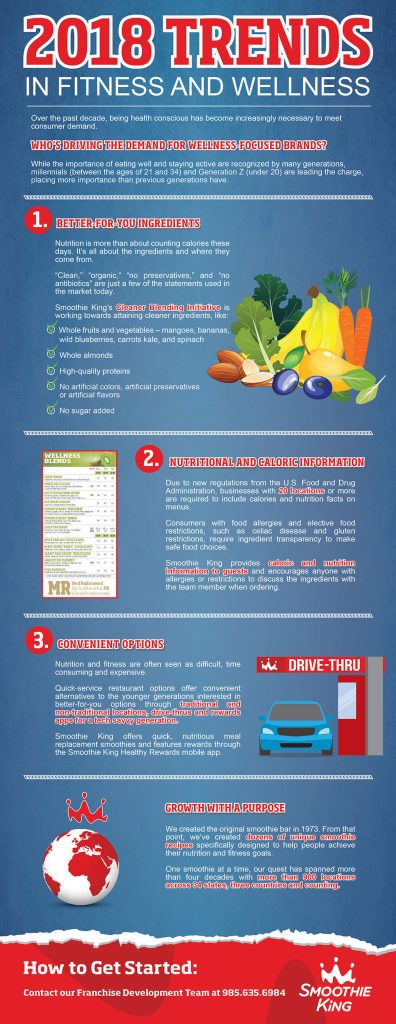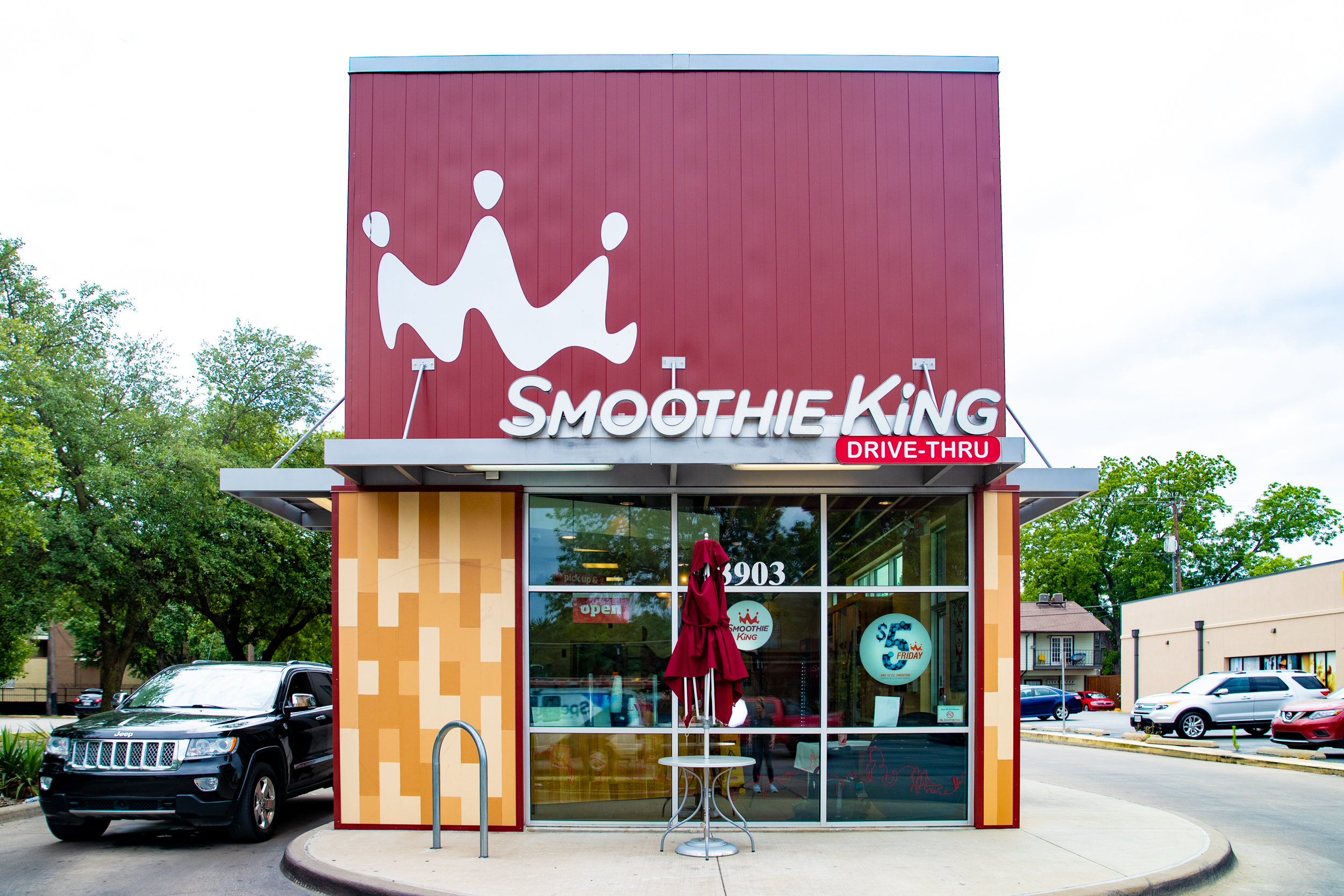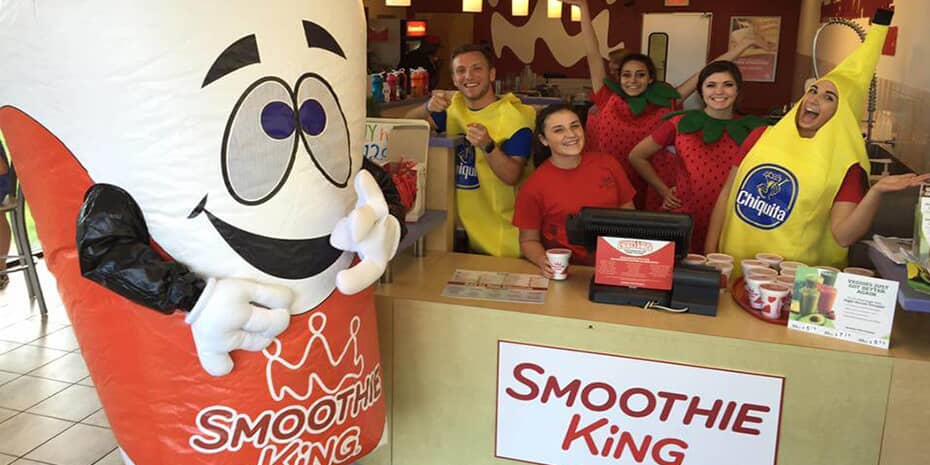Consumer trends are calling for more nutritious food and drink options. This shift has spurred consumer spending, with net sales for natural and organic food, as well as supplements and personal care products, reaching more than $79 billion in 2017, according to Whole Foods Magazine, citing research from Retail Insights.
With strong demand for cleaner, high quality ingredients, transparency and innovation are the name of the game for food retailers and restaurants in 2018.
How Are Consumers Driving Trends?
Most consumers report that they aspire to eat more cleanly – 68 percent agreed they’d be willing to pay more for food and beverages that avoid undesirable ingredients, according to a Nielsen report. Consumers describe their preferred food as fresh, natural and minimally processed.
Leading this demand is the younger generations, millennials (between the ages of 21 and 34) and Generation Z (younger than 20). So, not only are younger consumers more interested in nutritious food, they are willing to pay more for it.
The meaning of “nutritious” can vary widely. Most often, self-proclaimed health-conscious eaters gravitate toward better-for-you options. Some may follow gluten-free or vegan diets.
Meanwhile, food allergies are on the rise for adults and children, and these dietary restrictions and preferences require transparency from food providers.
How is the Food Industry Adapting?
A growing number of restaurants have responded by listing calorie counts and ingredients. However, in May 2018, businesses with 20 locations or more will be legally required to disclose calorie information.
Smoothie King put a name to its food transparency objectives with the Cleaner Blending initiative by trading high fructose corn syrup and trans fats for more whole fruits and vegetables and a stevia-based sweetener option. This gives guests more options to customize their smoothies and make choices that align with their lifestyles and goals.
The Intersection of Nutrition and Convenience
Consumers expect convenience in every aspect of their daily lives, including their food choices. On-the-go options like smoothies help meet this demand. For example, with meal replacement smoothies available, getting a nutritious lunch may only require a trip to the drive-thru.
Nutritious food options that serve specific purposes for consumers are expected to carry momentum throughout 2018. Consumers are more aware of what they’re putting into their bodies from a nutritional standpoint, and they expect menu items to be transparent so they can make the right choices for their lifestyles.
2018 Trends In Fitness and Wellness

Over the past decade, being health conscious has become increasingly necessary to meet consumer demand.
Who’s Driving The Demand For Wellness-Focused Brands?
While the importance of eating well and staying active are recognized by many generations, millennials ( between the ages of 21 and 34) and Generation Z (under 20) are leading the charge placing more importance than previous generations have.
1. Better For You Ingredients
Nutrition is more than about counting calories these days. It’s all about the ingredients and where they come from.
“Clean”, “organic”, “no preservatives,” and “no antibiotics” are just a few of the statements used in the market today.
Smoothie King’s Cleaner Blending Initiative is working towards attaining cleaner ingredients, like:
- Whole fruits and vegetables- mangos, bananas, wild blueberries, carrots kale and spinach
- Whole almonds
- High-quality proteins
- No artificial colors, artificial preservatives or artificial flavors
- No sugar added
2. Nutritional and Caloric Information
Due to new regulations from the U.S Food and Drug Administration, businesses with 20 locations or more are required to include calories and nutrition facts on menus.
Consumers with food allergies and elective food restrictions, such as celiac disease and gluten restrictions, require ingredient transparency to make safe food choices.
Smoothie King provides caloric and nutrition information to guests and encourages anyone with allergies or restrictions to discuss the ingredients with the team member when ordering.
3. Convenient Options
Nutrition and fitness are often seen as difficult, time-consuming and expensive.
Quick -service restaurant options offer convenient alternatives to the younger generations interested in better-for-you options through traditional and non-traditional locations, drive-thurs and rewards apps for a tech-savvy generation.
Smoothie King offers quick, nutritious meal replacement smoothies and features rewards through the Smoothie King Healthy Rewards app.
Growth With A Purpose
We created the original smoothie bar in 1973. From that point, we’ve created dozens of unique smoothie recipes specifically designed to help people achieve their nutrition and fitness goals.
One Smoothie at a time, our quest has spanned more than four decades with more than 900 locations across 34 states, three countries and counting.
How to Get Started
Contact our Franchise Development Team by filling out our form here.




